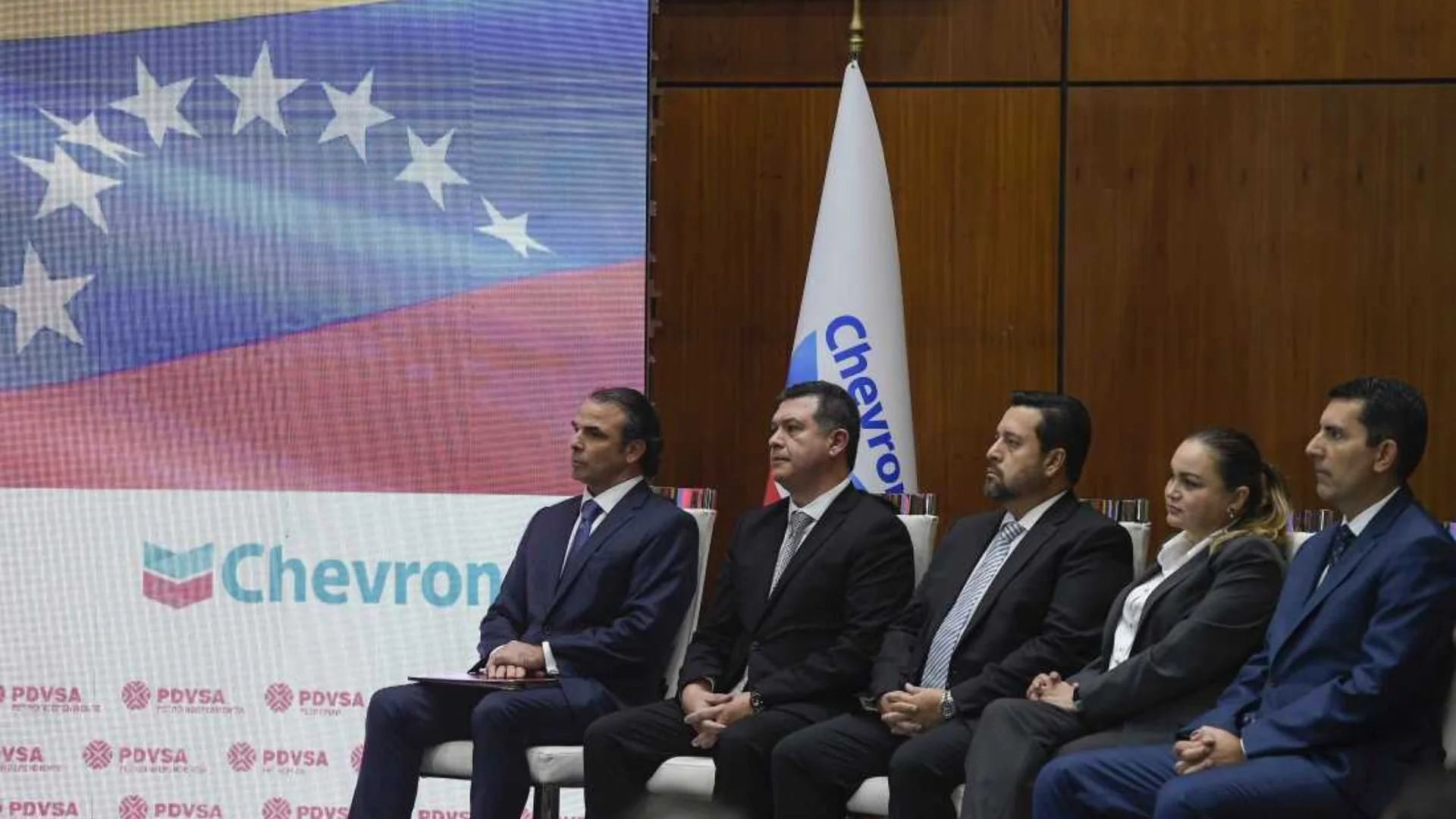Fueling Pressure: Trump's tariffs on Venezuelan oil
In a landmark escalation of economic pressure, the Trump administration has announced a sweeping 25% across-the-board tariff on all goods imported into the United States from any country that imports Venezuelan oil, either directly from Venezuela or indirectly through third parties. Set to take effect on April 2, 2025, the executive order is aimed not only at cutting off a key revenue stream for Nicolás Maduro’s regime but also to penalize third-party countries that enable its exports. The repercussions have been swift, with major importers such as China, India, and Spain already adjusting their trade routes and strategies.
A Policy with Immediate Consequences
The executive order establishes that any nation continuing to import oil or gas from Venezuela will face additional U.S. duties on its own exports to the United States. This move comes as part of Washington’s broader strategy to isolate the Maduro dictatorial regime and limit its financial capacity. The policy includes a one-year continuation of tariffs even after countries cease imports, intensifying the pressure to disengage quickly and decisively.
Almost immediately, global crude flows began to shift. Spanish refiner Repsol SA, which was scheduled to load Venezuelan crude in March, rerouted its shipment in response to the threat of U.S. penalties. Repsol, which imported roughly 67,000 barrels per day from Venezuela last year, had been one of the top buyers in the Western Hemisphere.
India followed suit. Reliance Industries, the country's largest refiner and one of Venezuela’s top customers, announced it would halt imports of Venezuelan crude altogether. According to Reuters, Reliance was receiving as much as 2 million barrels per month, making its withdrawal a significant blow to Maduro's nationalized oil industry.
The company had planned to receive a shipment of Venezuelan oil in early April, as indicated by LSEG trade flow data but Trump’s move has prompted Reliance Industries’ decision to halt its Venezuelan oil imports.
Beijing Pushes Back
Perhaps the most geopolitically charged reaction came from China. As one of Maduro’s regime largest financial and political backers, Beijing condemned the tariffs, calling them “illegal unilateral sanctions” and accusing the United States of "interfering in Venezuela's internal affairs". China’s foreign ministry signaled it would evaluate alternative payment mechanisms or diplomatic channels to continue its relationship with Caracas, but the risk of punitive U.S. tariffs casts a long shadow over future imports.
The Chinese government’s response highlights a broader concern among non-aligned or U.S.-skeptical nations: Washington’s growing reliance on secondary sanctions to control foreign policy outcomes. Similar to sanctions deployed against Iran, the Venezuelan tariff regime could push China and other countries toward alternative global trading frameworks, such as BRICS or expanded use of digital yuan transactions.
Market Reaction & Chevron’s Withdrawal
Global oil prices responded immediately to the uncertainty. Brent crude edged up to $73.22 per barrel, while West Texas Intermediate rose to $69.20, as traders priced in potential supply disruptions. Venezuela, though a diminished player in global oil, still holds the world’s largest proven reserves, and any threat to its exports tightens an already cautious market.
Moreover, the executive order further complicates the possibility of Chevron’s maintaining its presence in Venezuela. Last week, the U.S. Treasury Department granted Chevron a limited extension of its license, allowing the company until May 27 to wind down its oil operations, although Chevron appears to continue lobbying to try to stay. However, the fact that Washington punishes other countries for buying Venezuelan oil while allowing limited domestic imports presents a potential political contradiction.
Strategic Implications: U.S. Influence and Oil Diplomacy
The policy marks a return to more aggressive sanctions-based diplomacy, reminiscent of Trump’s earlier energy strategies with Iran and Russia. The secondary tariffs reinforce Washington’s influence over global energy flows, but they also risk alienating allies and trade partners who may view the policy as extraterritorial overreach.
European Union nations—many of which have attempted to maintain some distance from U.S. sanctions—are now under pressure to choose between economic expediency and strategic alignment with the U.S. The Spanish government has yet to issue a formal response to Repsol’s rerouting, but internal EU discussions around energy security and autonomy are expected to intensify.
The tariffs may also test the BRICS. Countries like China, India, and Brazil are increasingly seeking to insulate themselves from U.S. financial and trade instruments. If successful, this round of sanctions could delay that transition. If it fails—or triggers broader noncompliance—it could mark a tipping point in global economic governance.
Venezuela's Current Oil Production and Immediate Plans
In early 2025, Venezuela's oil production experienced a modest recovery despite political turmoil due to Maduro's refusal to concede after losing the last presidential election. In 2024, the country's oil exports increased by 10.5%, averaging 772,000 bpd. This uptick was attributed to U.S. licenses, particularly Chevron's shipments to the U.S., allowing the company to recover outstanding debts. China remained the largest market for Venezuelan oil, followed by the U.S., with exports to the U.S. surging 64% to 222,000 bpd. (Reuters)
In February 2025, Venezuela's oil exports rose to approximately 934,465 bpd, with China receiving about 503,000 bpd. The U.S. was the second-largest recipient, importing 239,000 bpd. With Chevron's exit and the new tariffs discouraging other countries from purchasing Venezuelan oil, production and export levels are expected to decline, threatening the financial lifeline of the Maduro regime.
PDVSA has announced plans to continue producing and exporting oil from its joint ventures previously operated with Chevron. The state-owned company aims to maintain production levels between 105,000 and 138,000 bpd of Hamaca heavy crude at the Petropiar project, but historical operating inefficiencies, lack of investment and technical expertise, would hinder PDVSA’s ability to sustain these production levels.



